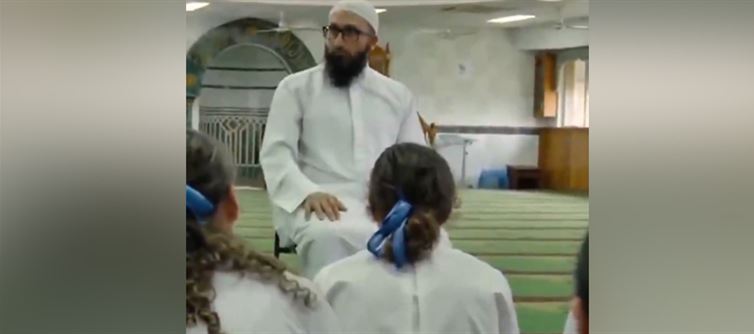
Australia, known for its multicultural fabric, has seen an increase in Islamic educational initiatives, reflecting the growing Muslim population. According to the 2021 census, Muslims constitute approximately 3.2% of the Australian population, with many families seeking to maintain cultural and religious practices through community and educational programs. Such initiatives often include visits to mosques, where children learn about Islamic teachings, the Arabic language, and cultural practices.
 This video taps into ongoing debates about the role of religion in public education and the balance between cultural preservation and secularism. In Australia, religious instruction in schools is often an opt-in activity, requiring parental consent, as outlined in policies like the Victorian government's Special Religious Instruction (SRI) guidelines. These policies ensure that such education is voluntary and does not impose religious beliefs on unwilling participants.
This video taps into ongoing debates about the role of religion in public education and the balance between cultural preservation and secularism. In Australia, religious instruction in schools is often an opt-in activity, requiring parental consent, as outlined in policies like the Victorian government's Special Religious Instruction (SRI) guidelines. These policies ensure that such education is voluntary and does not impose religious beliefs on unwilling participants.The incident also reflects global trends where Islamic education is increasingly formalized in Western contexts, as discussed in academic literature such as "Islamic Education: An Islamic ‘Wisdom-Based Cultural Environment’ in a Western Context." These studies highlight the challenges and opportunities of integrating Islamic pedagogy into pluralistic societies, emphasizing the need for dialogue and mutual respect.
The video of Australian schoolgirls attending a mosque for Islamic education underscores the complex interplay of culture, religion, and education in a multicultural society. It prompts reflection on how such initiatives can foster understanding and cohesion while respecting the diverse beliefs within the community.




 click and follow Indiaherald WhatsApp channel
click and follow Indiaherald WhatsApp channel